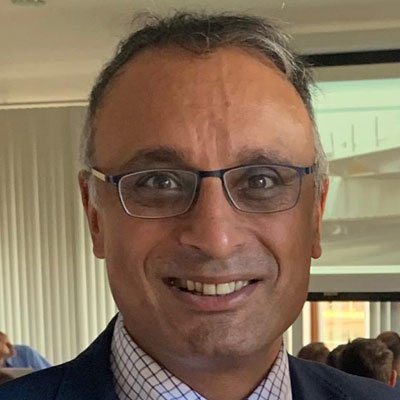Osteochondritis Dissecans
What is Osteochondritis Dissecans?
Osteochondritis dissecans (OCD) is a term used to describe bone and cartilage injuries. If your child has OCD, a portion of his bone and/or cartilage has partially or completely separated from the surface of the joint.
The cause of osteochondritis dissecans is unknown but several factors appear to play a role:
- Repetitive use and trauma of the affected joint
- Decreased blood supply in some locations
- Other genetic factors
Signs and symptoms
The most common symptoms include:
- Pain and swelling
- Locking or “catching” of the affected joint
- Increased pain with activity
- A “giving way” sensation in the affected area
Testing and diagnosis
At Surrey Orthopaedic Clinic OCD is treated by specialist knee surgeons who specialise in diagnosing and treating knee injuries in children and young adults. They will examine your child, assess his or her pain, learn about your child’s medical history and perform diagnostic imaging — such as X-rays, MRIs and CT scans — to evaluate the problem.
Treatment of Osteochondritis Dissecan
The first step is to modify your child’s activities.
Your child may need to temporarily change his sport or stop all activity in it.
A physiotherapist will design an individualised treatment program for your child that may include:
- Weight-bearing or protected weight-bearing exercises
- Bracing to unload the affected areas
If the bone doesn’t heal, surgical intervention may be necessary to secure or remove a loose piece of the bone and to stimulate new bone formation.
Follow-up care
Your child should continue to be monitored periodically.
If your child had surgery, he will need to see the orthopaedic surgeon about one to two weeks after surgery, then again at three and six months post-surgery. The goal of continued monitoring is to help spot any growth irregularities.
Surrey Orthopaedic Clinic Knee Specialists:





